Atrous residual interconnected encoder to attention decoder framework for vertebrae segmentation via 3D volumetric CT images
Automatic vertebrae segmentation utilizing Computer Tomography
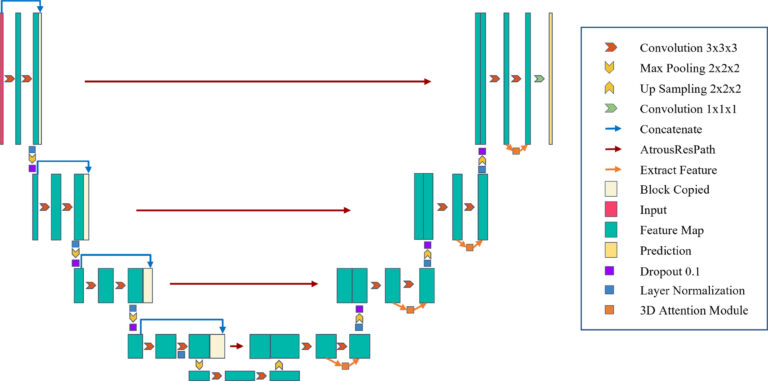
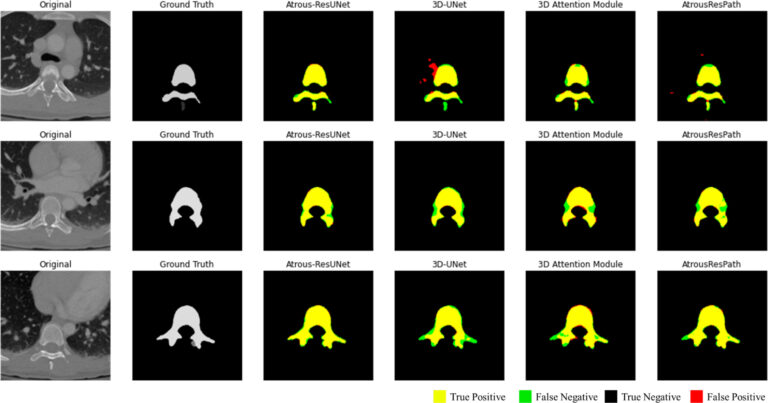
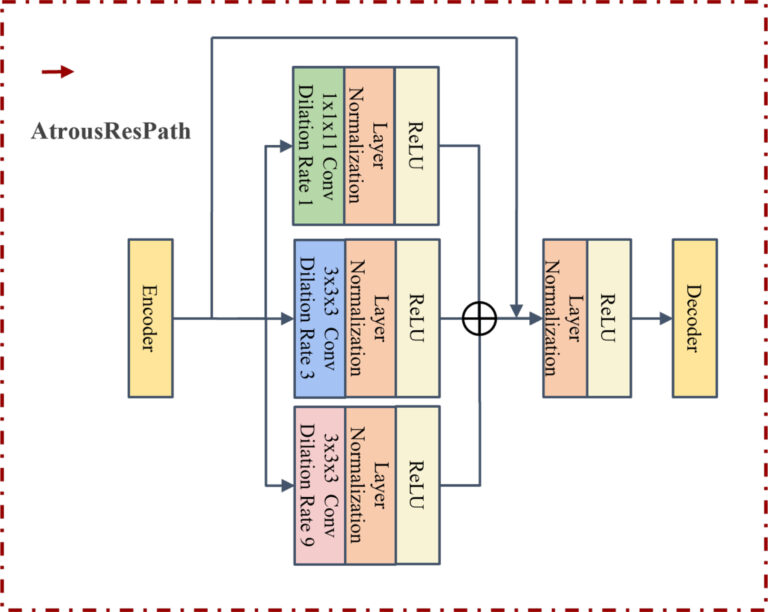

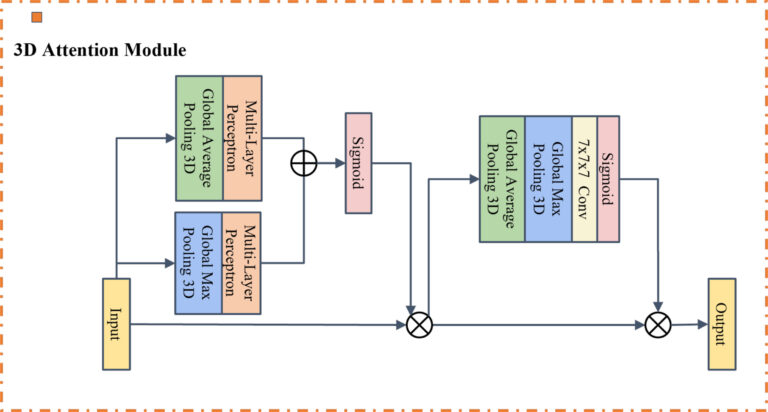
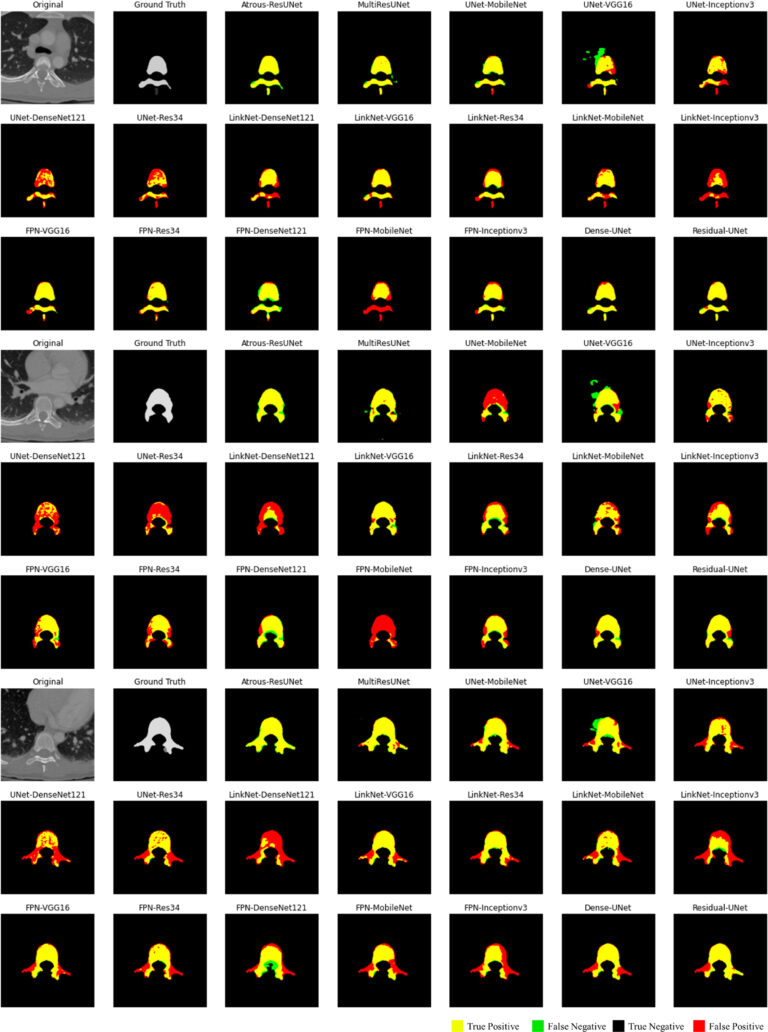
Automatic vertebrae segmentation utilizing Computer Tomography (CT) plays a vital role in automated spine analyses, including the detection of vertebral body fractures and spine deformities assessment. A significant advancement in deep learning (DL) has enabled deep convolutional neural networks (DCNNs) to achieve precise performance in automated vertebrae segmentation. Despite the advantages of semantic segmentation algorithms based on DCNNs, they face limitations such as multi-scale objects, feature loss between the encoder and decoder, lack of medical image data, and limited filter field of view. A novel algorithm is presented that enables automated segmentation of vertebral bodies using volumetric CT images of the spine.
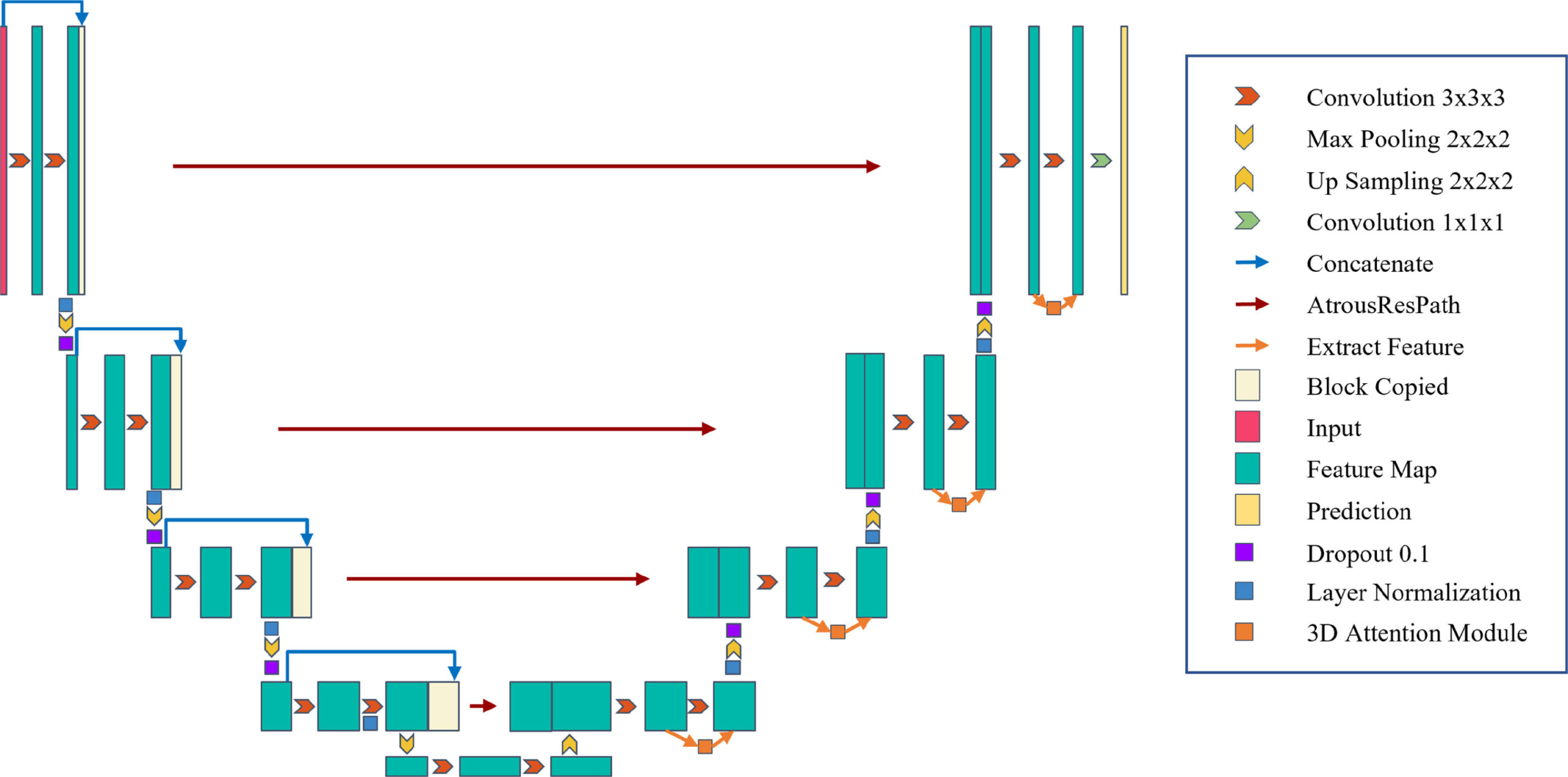
Architecture of Atrous-ResUNet
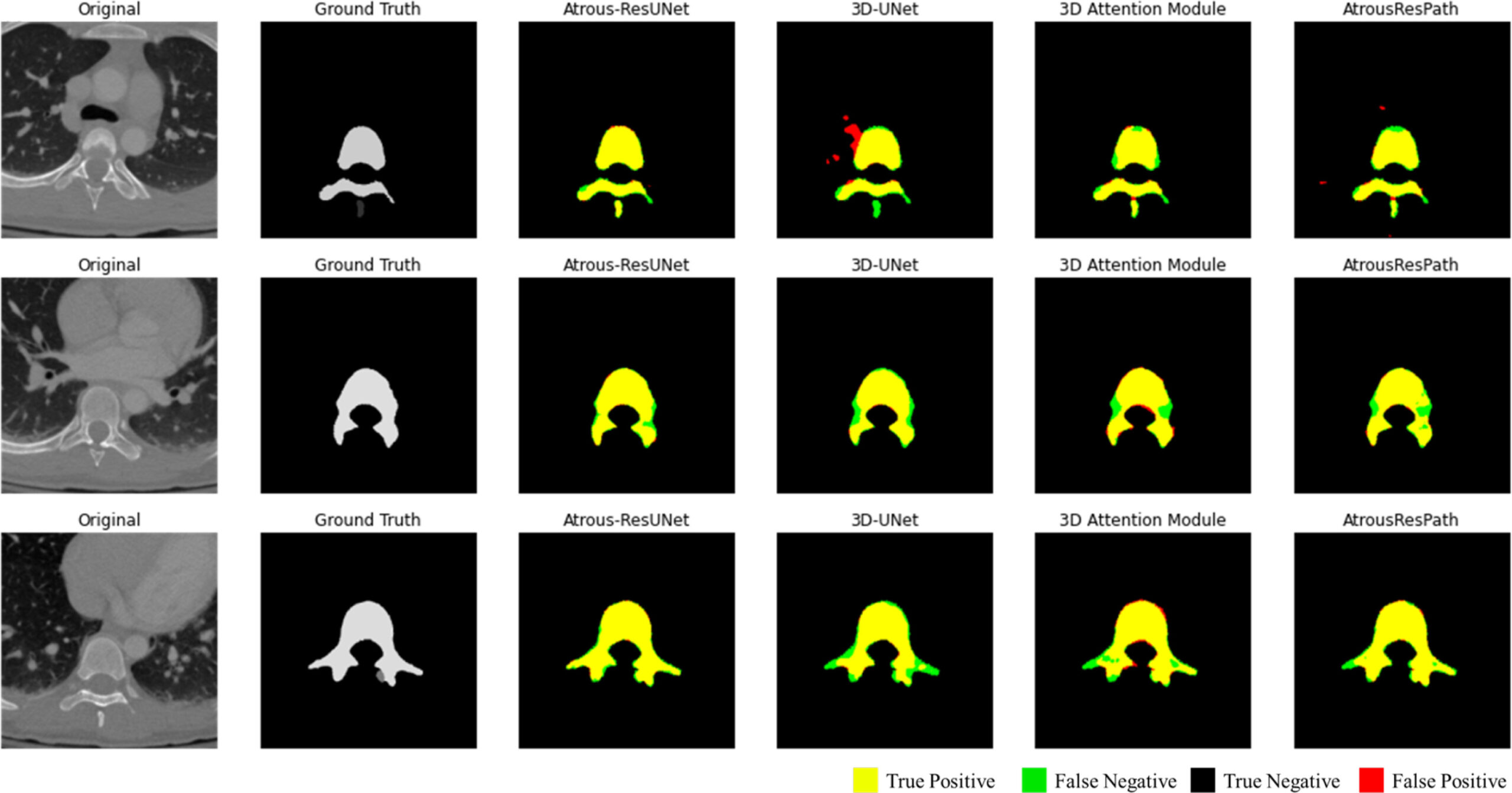
CT slice examples, ground truths and predicted masks of the ablation study of 3D Attention Module and Atrous Residual Path
Automatic vertebrae segmentation utilizing Computer Tomography (CT) plays a vital role in automated spine analyses, including the detection of vertebral body fractures and spine deformities assessment. A significant advancement in deep learning (DL) has enabled deep convolutional neural networks (DCNNs) to achieve precise performance in automated vertebrae segmentation. Despite the advantages of semantic segmentation algorithms based on DCNNs, they face limitations such as multi-scale objects, feature loss between the encoder and decoder, lack of medical image data, and limited filter field of view. A novel algorithm is presented that enables automated segmentation of vertebral bodies using volumetric CT images of the spine.
Publication
Wenqiang Li, Yuk Ming Tang, Ziyang Wang, Kai Ming Yu, Suet To, Atrous residual interconnected encoder to attention decoder framework for vertebrae segmentation via 3D volumetric CT images, Engineering Applications of Artificial Intelligence, Volume 114, 2022, 105102, ISSN 0952-1976, https://doi.org/10.1016/j.engappai.2022.105102


